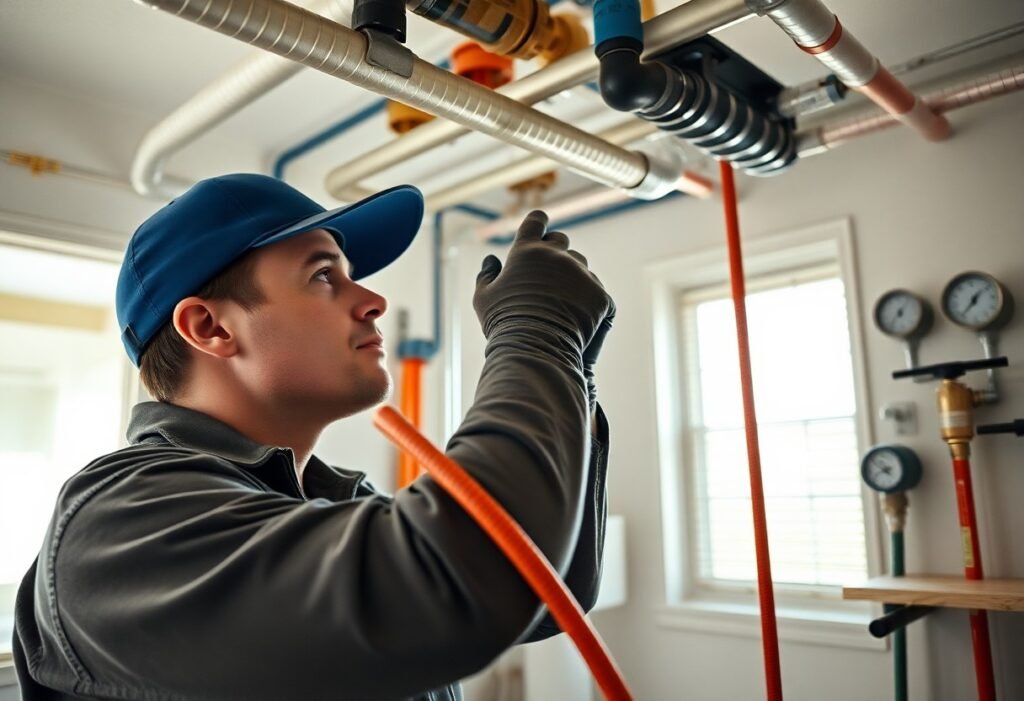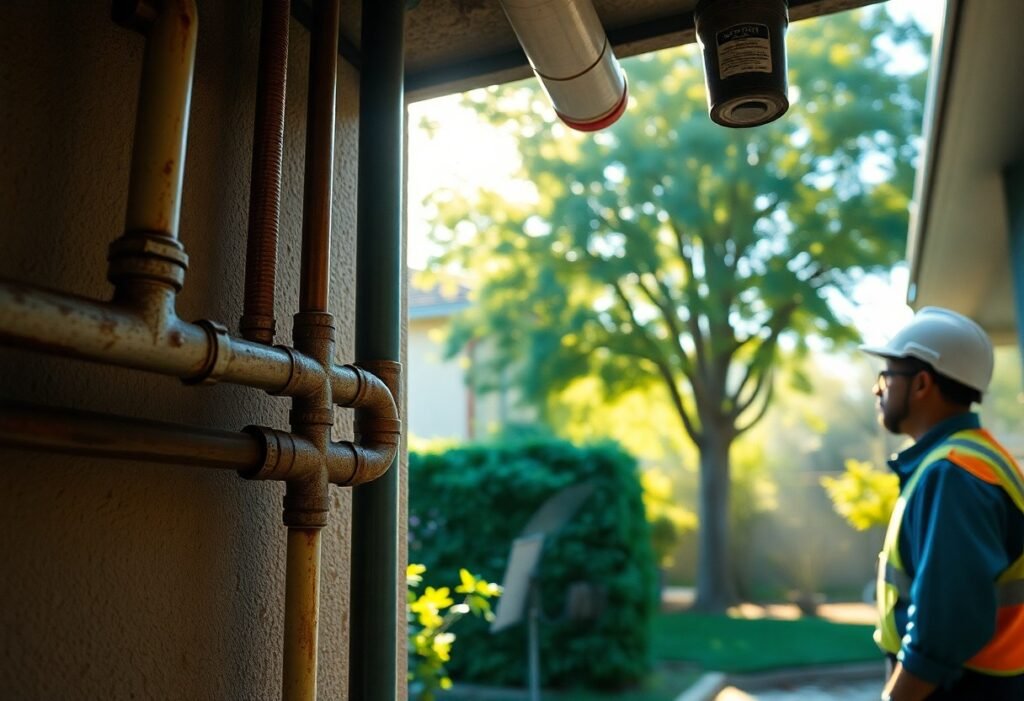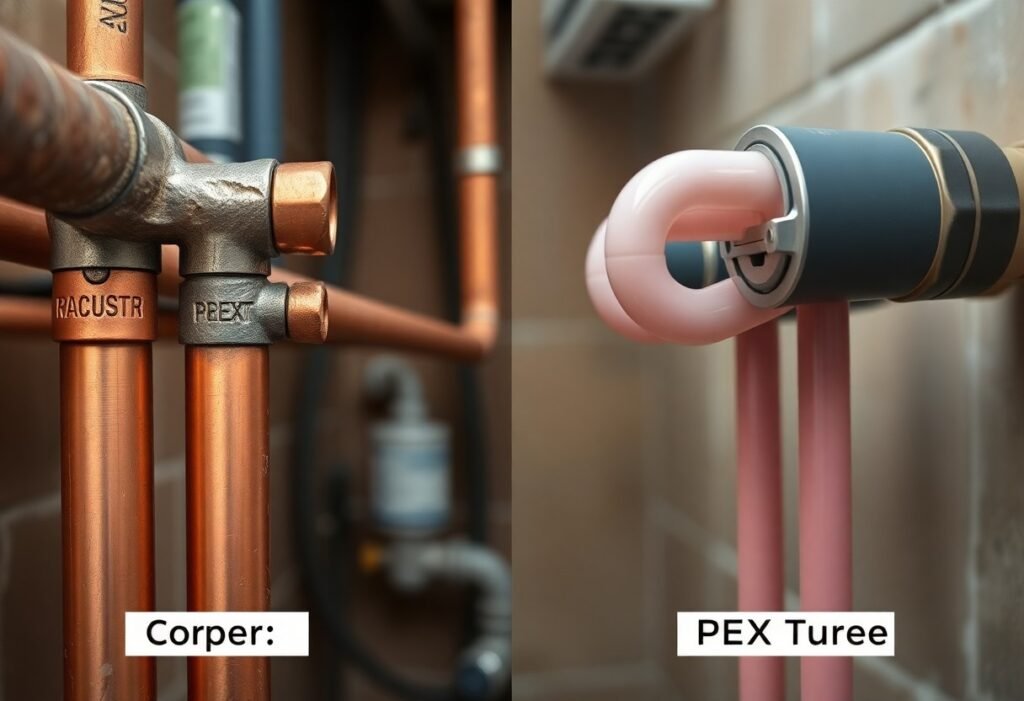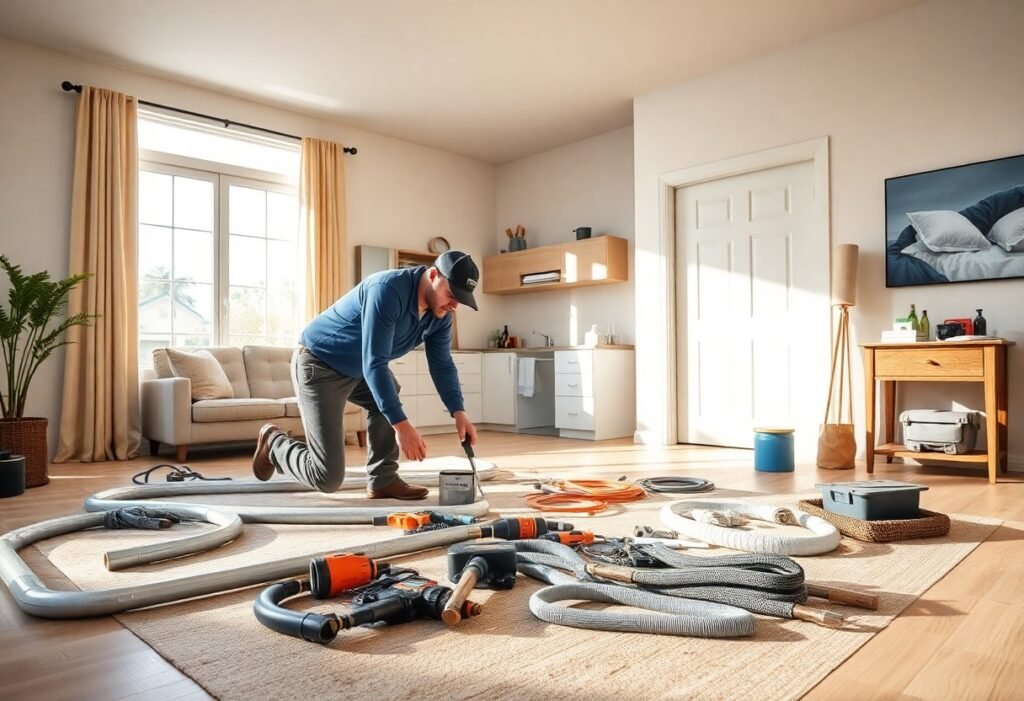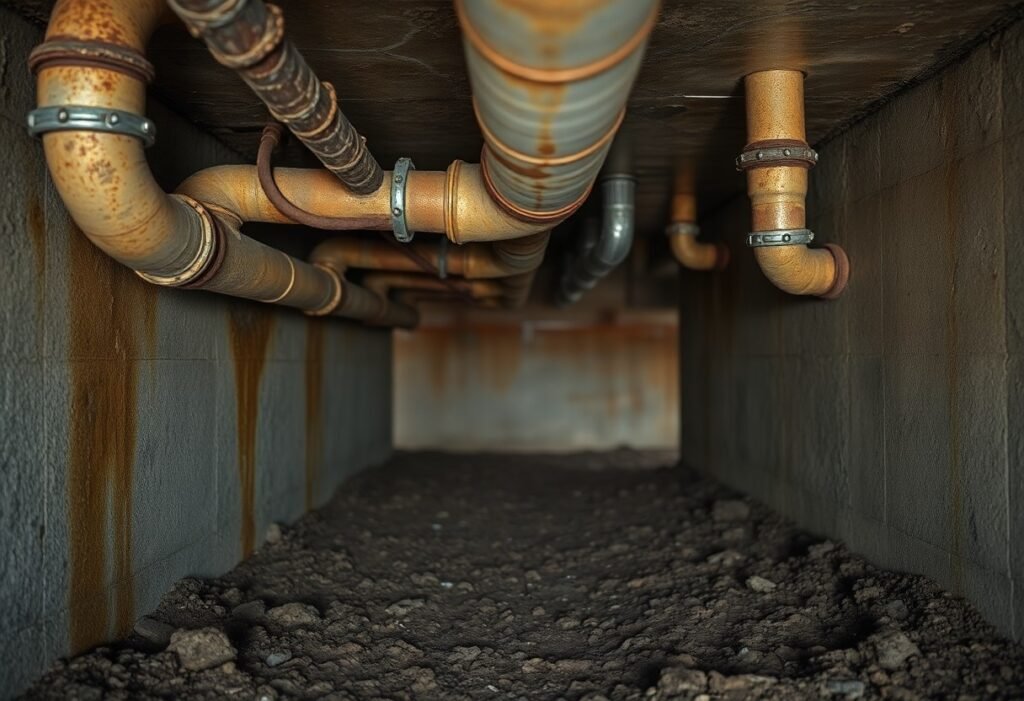Fullerton, California Repiping Experts – When & Why to Repipe Your Home
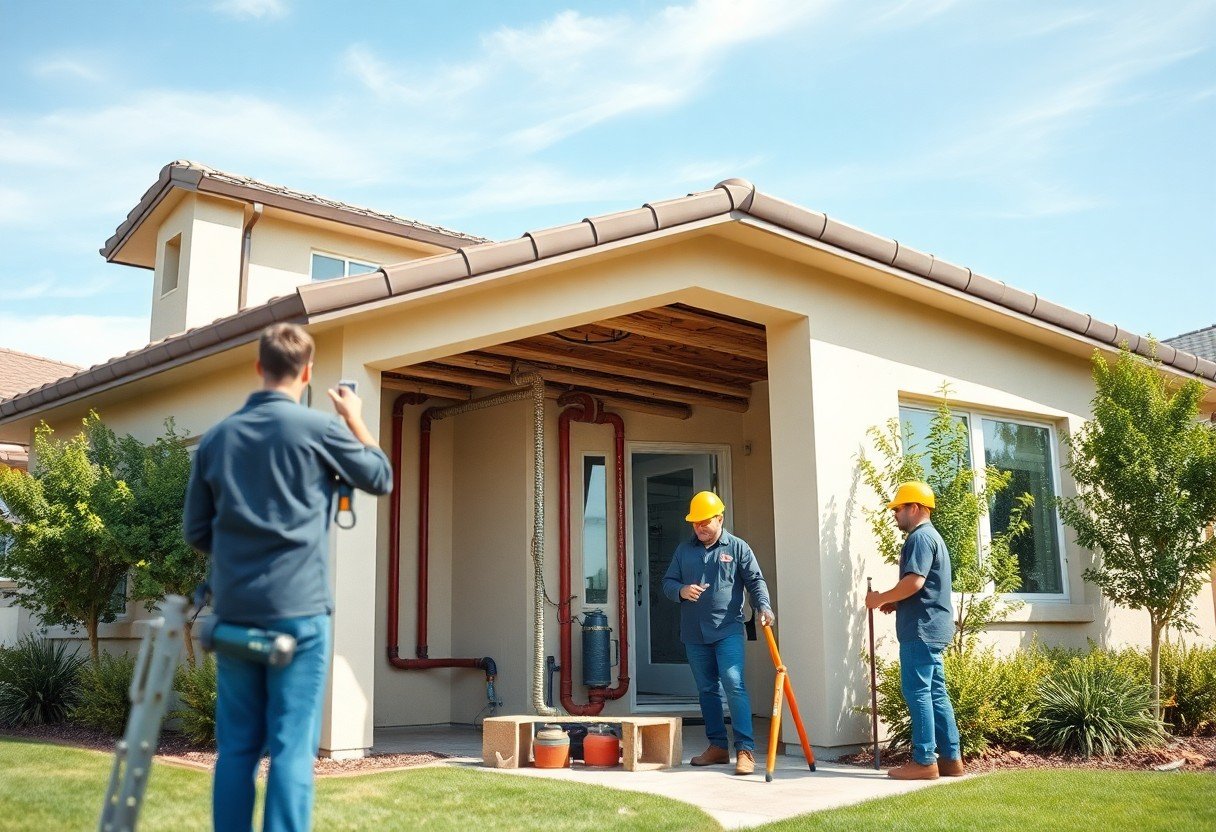
Repiping your home may seem like a daunting task, but understanding when and why it’s necessary can save you from costly leaks and water damage. If you’re experiencing frequent plumbing issues, low water pressure, or discolored water, it’s time to consider the benefits of repiping. This article will guide you through the signs that indicate it’s time to repipe and how working with Fullerton’s experts can enhance your home’s plumbing system for a safer, more reliable experience in the future.
Key Takeaways:
- Repiping is necessary when you experience frequent leaks, low water pressure, or discolored water, indicating deteriorating plumbing.
- Older homes with galvanized piping may benefit the most from repiping, as newer materials like copper or PEX offer improved durability and performance.
- Engaging with local repiping experts in Fullerton can ensure a thorough assessment and professional installation, leading to long-term savings and peace of mind.
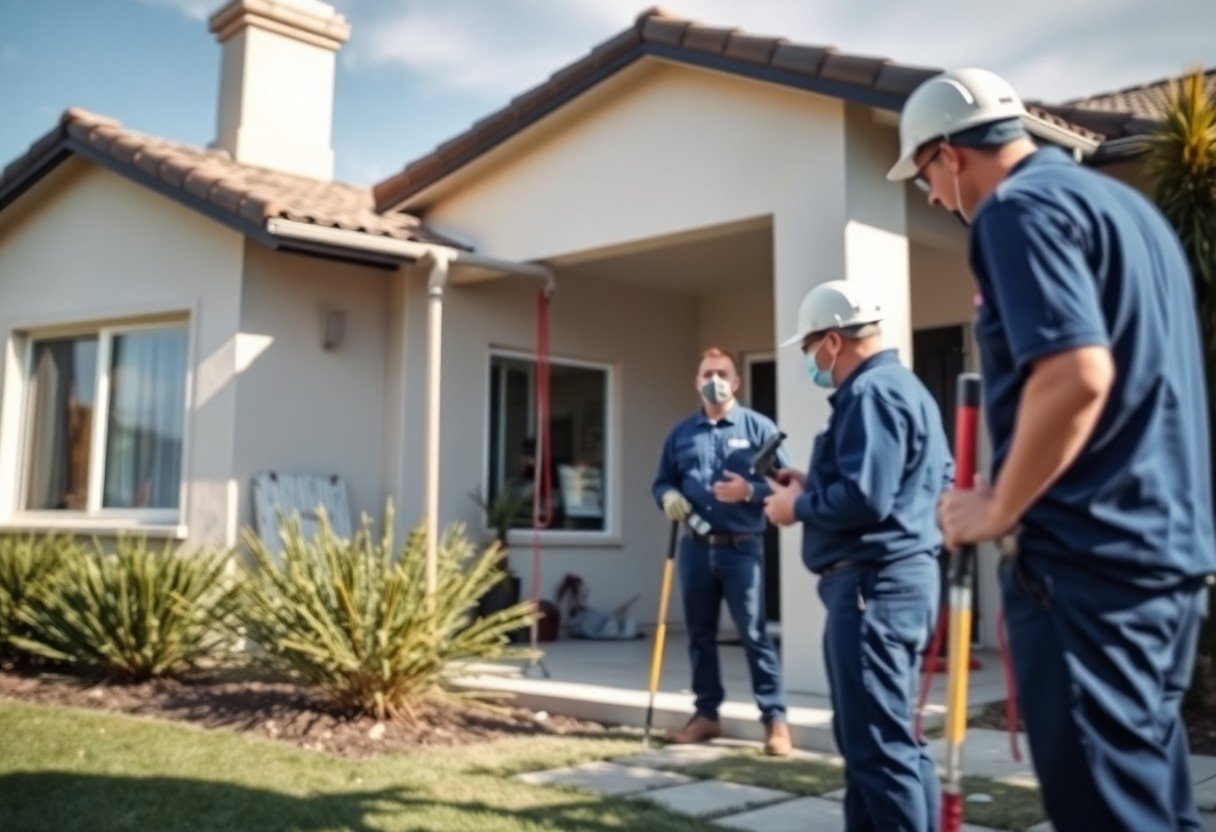
The Signs Your Plumbing System Needs a Fresh Start
Plumbing issues can escalate quickly, and recognizing the signs early can save you time, stress, and money in the long run. If you’re experiencing any of the following symptoms, it might be time to consider a repiping of your home. Look out for frequent leaks, low water pressure, or age-related deterioration in your pipes. Each of these problems can indicate larger underlying issues that need immediate attention.
Recognizing Frequent Leaks and Low Water Pressure
Regularly dealing with leaks can indicate that your plumbing system isn’t performing as it should. If leaks appear frequently, take note – it might mean your pipes are compromised. Similarly, low water pressure can signal potential blockages or corrosion in the pipes, affecting water flow throughout your home.
Identifying Age-Related Deterioration in Pipes
Pipes over 50 years old often narrow due to corrosion, making them susceptible to leaks and bursts. If your home uses galvanized steel, they may be rusting from within, leading to serious plumbing issues. Be alert for signs such as discolored water, frequent clogs, or odd noises from your plumbing, all indicators that age-related deterioration is taking its toll.
Age-related deterioration in pipes is a common issue, particularly in homes built decades ago. Older pipes, especially those made of materials like lead or polybutylene, can degrade significantly over time, leading to health hazards and plumbing inefficiencies. For instance, galvanized steel pipes may start to rust from the inside, causing water to appear brown or dirty. Furthermore, homes with cast iron pipes may experience cracking and root intrusion. If your plumbing system is over 50 years old, conducting regular inspections and considering a full repipe can prevent costly damages down the line. Addressing these concerns not only improves your home’s efficiency but also enhances the safety and quality of your water supply.
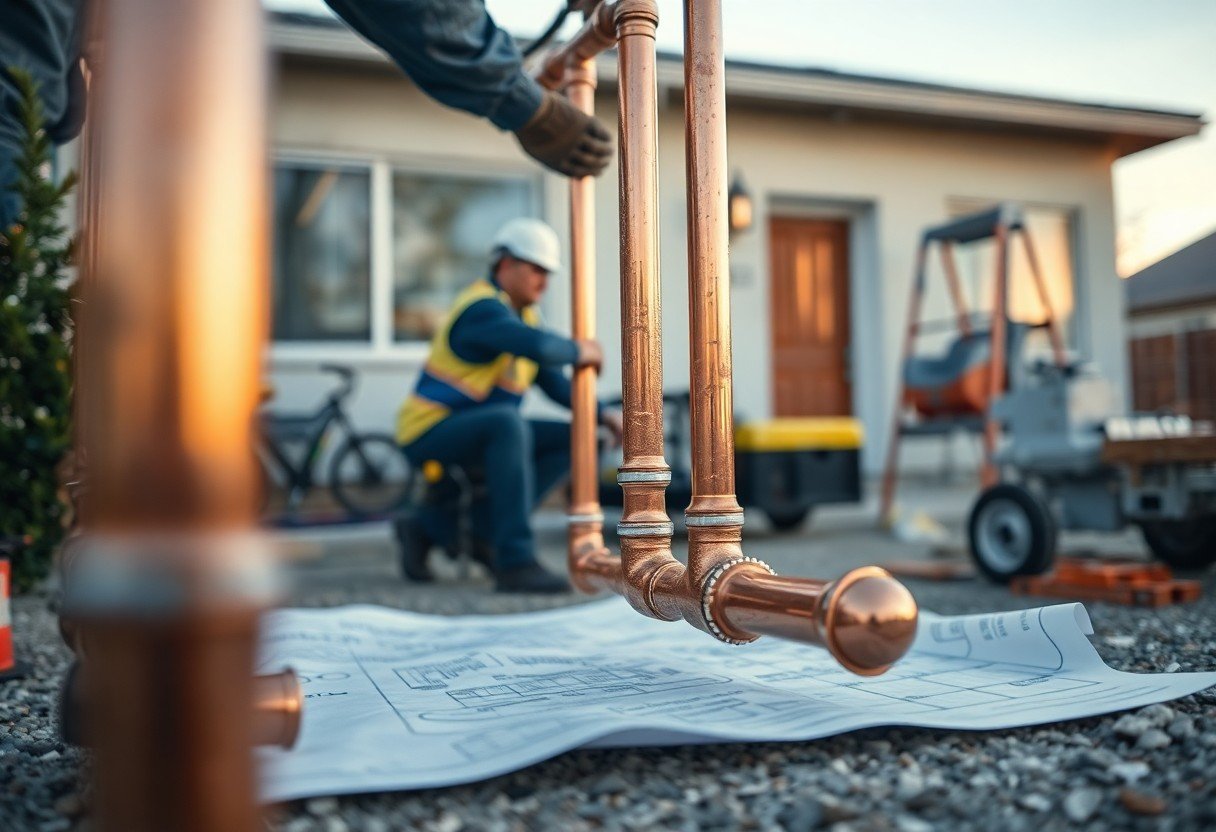
The Cost-Benefit Analysis of Repiping Your Home
Repiping your home represents a significant investment, but the long-term savings can outweigh the initial costs. Frequent repairs and increasing water bills associated with corroded pipes add up over time, following a pattern that suggests ongoing issues will only worsen. Calculating the potential savings from reduced water waste and lower repair expenses can help you see the financial sense in repiping, leading to a clearer understanding of its true cost-effectiveness.
Long-Term Savings vs. Short-Term Expenses
Although repiping involves a hefty upfront cost, the long-term savings related to water damage repairs, emergency plumbing calls, and increased water bills make it worthwhile. Each minor plumbing issue prompts a temporary fix that could cost hundreds, while a repiping job is designed to provide a robust solution that eliminates recurring problems. Ultimately, investing now can save you thousands later.
Enhancing Property Value: A Smart Investment
A significant benefit of repiping your home is its potential to enhance property value. Homes with modern plumbing systems are more attractive to buyers, leading to quicker sales and potentially higher offers. By ensuring your pipes are leak-free and reliable, you create a foundation for a worry-free living environment, making your property more desirable in a competitive market.
In the real estate landscape, home buyers prioritize functional, dependable home systems. Having a freshly repiped home can substantially elevate your property’s status, attracting buyers who value peace of mind. Reports indicate that homes with updated plumbing systems can see a value increase of approximately 10-15%, particularly in regions where plumbing issues are common. Investing in repiping can help secure not just your comfort but also your financial future when it’s time to sell.
Choosing the Right Material for Your Repiping Project
Determining the right material for your repiping project is necessary, affecting everything from durability and maintenance to cost and installation. The primary options are copper and PEX, each offering unique benefits and drawbacks. Your final choice should align with your home’s requirements, your budget, and local plumbing codes.
Copper vs. PEX: Weighing the Pros and Cons
Pros and Cons
| Pros | Cons |
|---|---|
| Durable and long-lasting | Higher upfront cost |
| Resistant to corrosion | Requires soldering for connections |
| Handles high temperatures well | Can be susceptible to freeze damage |
| Recyclable and environmentally friendly | Heavy and challenging to install |
| Has a proven track record | Conducts heat, which can lead to heat loss |
| Less prone to algae growth | Price fluctuations can occur |
| Provides good resale value | May be subject to municipal permitting |
Environmental Impact and Sustainability Considerations
In the context of sustainability, the choice of piping material significantly impacts the environment. Copper is a natural mineral that can be recycled indefinitely without losing quality, making it an eco-friendly option. PEX, although not recyclable, has a lower carbon footprint during production and installation. You may also want to consider the longevity and durability of your material, as longer-lasting options reduce waste and consumption over time, aligning with eco-conscious values.
Interestingly, studies show that copper repiping can last over 50 years, significantly minimizing the frequency of replacements. On the other hand, with a lifespan of about 40 years, PEX pipe might seem less sustainable, yet its lightweight nature can lead to reduced energy costs during transport. When making your decision, weigh the environmental benefits alongside the performance and longevity of your chosen material, ensuring it aligns with your sustainability goals while taking practical plumbing needs into account.
The Repiping Process: What to Expect
Understanding the repiping process can alleviate concerns and ensure you’re well-prepared. A professional team will begin with a thorough inspection of your plumbing system, followed by providing an estimate and discussing the suitable materials for your needs. Work typically takes one to three days, depending on your home size and complexity. For detailed insights into what to expect, check out Repipe Specialists In Orange County.
Step-by-Step Breakdown of a Typical Project
| Step | Description |
| 1. Inspection | A detailed examination of your current plumbing system to identify problem areas. |
| 2. Planning | Creating a repiping project plan, estimating costs, and selecting materials. |
| 3. Preparation | Clearing areas where work will take place, protecting your furniture and flooring. |
| 4. Repiping | Removing old pipes and installing new ones, ensuring proper connections and seals. |
| 5. Inspection and Testing | Confirming that the new piping system is functioning correctly through various tests. |
| 6. Cleanup | Restoring your space to its original condition and disposing of debris. |
Minimizing Disruption: Tips for Homeowners
To keep disruptions to a minimum during your repiping, communication with your contractor is key. Schedule the work during a time that suits you, and make arrangements for temporary water access. Designate a specific area for your family to use during the project. Properly preparing your home can significantly enhance the experience. Thou.
- Designate specific areas in your home for temporary use.
- Talk with your contractor for better scheduling.
- Consider alternative water sources if needed.
Proper planning allows you to navigate the repiping process with greater ease. Clear pathways for workers, and secure pets in a quiet area to reduce stress. Discussing your concerns or questions with the contractor beforehand ensures that everyone is on the same page. Thou.
- Clear pathways to facilitate easy access.
- Secure pets away from work areas.
- Have backup plans for water usage.
The Role of Expert Plumbers in Repiping Success
Choosing skilled plumbers significantly impacts the outcome of your repiping project. Their expertise ensures that the right techniques and materials are used, minimizing the risk of future issues such as leaks or compromised water quality. Experienced professionals possess the knowledge to handle unexpected challenges during the process, ensuring everything goes smoothly. Partnering with reputable specialists, like those at J Repiping & Builders | Repiping Contractors | Sun Valley, CA, sets the foundation for a successful and efficient repipe.
How to Identify Trusted Repiping Experts in Fullerton
Finding trusted repiping experts in Fullerton involves researching local reviews, ratings, and recommendations. Look for contractors with a strong presence in the community and extensive experience in repiping projects. Customer testimonials and projects showcased on their websites can provide insights into the quality of their work. Licensing and insurance are also vital indicators of a reliable professional.
The Importance of Experience and Customer Reviews
Experience and customer reviews are key factors in selecting a repiping contractor. Experienced plumbers possess a deep understanding of various materials, local building codes, and the nuances of different plumbing systems. Positive reviews, especially those detailing prior projects, can give you confidence in their abilities. A contractor with a proven track record is more likely to offer high-quality service and innovative solutions tailored to your specific needs.
When assessing contractors, compare the number of years they’ve been in business with the feedback from previous clients. A plumbing company with over ten years of experience and a majority of five-star reviews often indicates a commitment to quality workmanship and customer satisfaction. Additionally, consider reaching out to past clients for first-hand accounts of their experiences. This information can provide real insight into how a contractor operates, their problem-solving capabilities, and their effectiveness in completing projects on time and within budget.
Conclusion
Now that you understand the importance of repiping your home in Fullerton, California, you can make informed decisions about your plumbing needs. If you notice signs like frequent leaks, low water pressure, or discolored water, it may be time to consult with repiping experts. Addressing these issues early can save you headaches and expenses in the long run, ensuring your home’s plumbing system is reliable and safe. Trust the professionals to guide you through the process, helping you maintain the integrity of your home.
FAQ
Q: What are the signs that indicate my home needs repiping?
A: Several signs can indicate that your home may need repiping. Common indicators include frequent leaks, reduced water pressure, discolored or rusty water, and visible corrosion on your pipes. If you notice water stains on walls or ceilings, it might also suggest pipe damage. Additionally, if you have older homes with galvanized or polybutylene pipes, they are more prone to failure and may need to be replaced. Consulting with a plumbing expert can help assess the condition of your piping system and determine if repiping is necessary.
Q: How long does the repiping process take?
A: The duration of the repiping process can vary based on several factors, such as the size of your home and the complexity of the plumbing system. Typically, a complete repipe can take anywhere from one to three days. Simple single-story homes may require less time, while larger or multiple-story homes could take longer due to the need for more extensive work. It’s advisable to discuss the timeline with your repiping contractor to get a more accurate estimate based on your specific situation.
Q: What materials are commonly used for repiping, and what are their benefits?
A: Popular materials used for repiping include copper, PEX (cross-linked polyethylene), and CPVC (chlorinated polyvinyl chloride). Copper is well-known for its durability and resistance to corrosion, making it a long-lasting choice. PEX is becoming increasingly popular due to its flexibility, lower installation costs, and resistance to scale and chlorination. CPVC is also a strong, affordable option, particularly for hot water lines. Each of these materials has its benefits, so it’s crucial to discuss with a repiping expert which material is best suited for your home based on your plumbing needs and budget.

